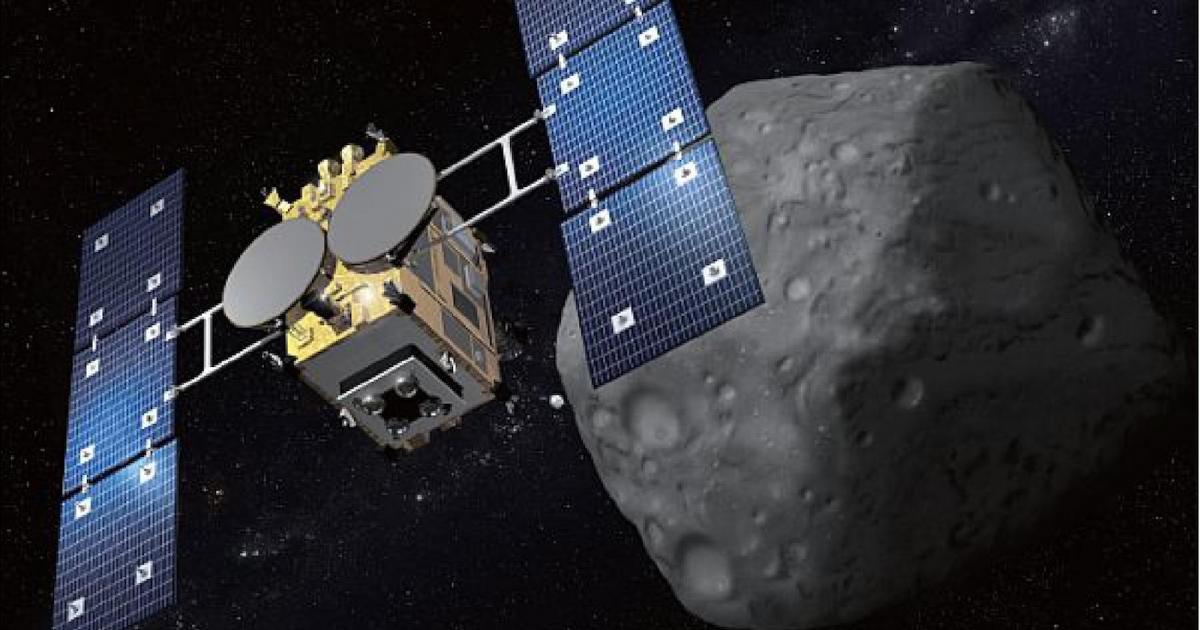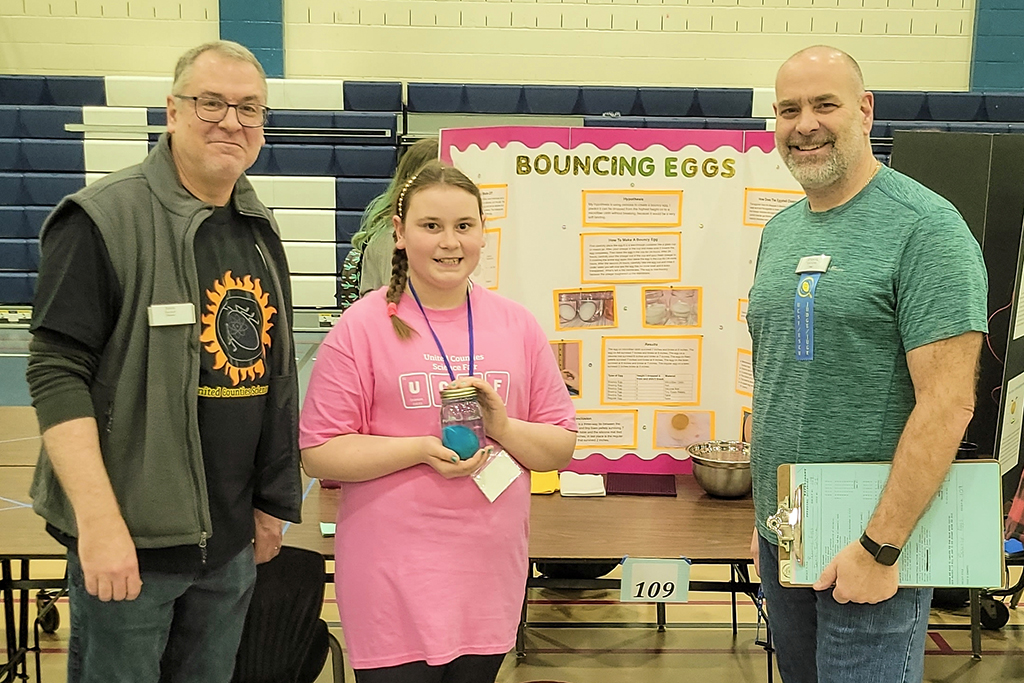
In the tiny dust samples collected in 2018-2019 from the asteroid Ryugu by the Japanese probe Hayabusa2, and returned to Earth in late 2020, researchers from Hokkaido University in Japan became the first to discover uracil, one of the four basic compounds of RNA. RNA is often described as the “messenger” that transmits the instructions contained in the DNA.
The first, but probably not the last, as other small handfuls of 5.4 grams of this material have been sent to other labs.
The researchers present their results Released March 21st in the journal Nature Communicationson a sample of only 10 mg.
This is not the first time that such a compound was identified in a cosmic pebble, but previous discoveries came from meteorites that fell to Earth, Which always left the suspicion that it was contamination Earthly good. Whereas in the case of Ryugu, the Japanese probe went to collect everything on the surface of the stone itself and bring it back to Earth in a sealed capsule.
Last fall, other researchers specified gas They are imprisoned in fragments of rock, so the gas is supposed to be as old as the asteroid, which itself is a witness to the early ages of our solar system, 4 to 5 billion years ago. And last February, Team announce They note traces of 15 amino acids there – albeit in a configuration that, according to the authors, indicates a “non-biological” origin.
All this gives weight to the ancient theory that the building blocks of life could have been brought to our planet, at the dawn of its history, by celestial bodies – asteroids or comets – that crashed on it.
What encourages these researchers is that Ryugu is an asteroid.” C type or “carbonaceous” – and that 75% of known asteroids fall into this category.
For experts, the presence of uracil also indicates that other compounds may be found in Ryugu. However, the downside is that even if that were the case, It may not be discovered this timeIn light of the enthusiasm of the harvest. However, another possibility is approaching our planet: the American probe Osiris-REx, which is scheduled to return in September 2023, After harvesting, sheabout 400 grams on the asteroid Bennu.
Image: Artist’s rendering of the Hayabusa probe skimming the asteroid, in 2018 / Japan Space Agency (JAXA)






